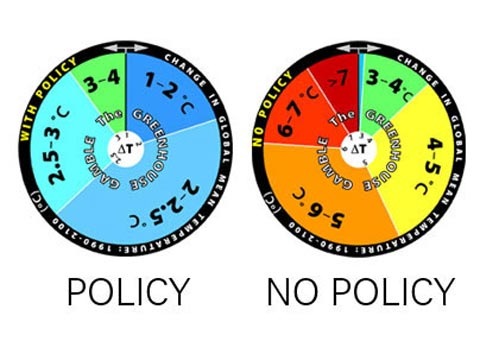 The cranks in the NZ Climate “Science” Coalition have sunk to new lows in a desperate attempt to cash in on the far-right driven furore about the Hadley CRU data theft. Here’s an extract from a press release which was doing the rounds of NZ’s newsrooms this morning:
The cranks in the NZ Climate “Science” Coalition have sunk to new lows in a desperate attempt to cash in on the far-right driven furore about the Hadley CRU data theft. Here’s an extract from a press release which was doing the rounds of NZ’s newsrooms this morning:
New Zealand may have its own “Climategate”, including manipulation of temperature readings, according to a combined research project undertaken by members of the Climate Conversation Group and the New Zealand Climate Science Coalition. The researchers claim that temperature readings from seven weather stations throughout New Zealand have been adjusted to show a higher degree of warming than is justified by a study of the original raw data.
The author of the press release and the “research project” into NZ’s long term temperature record is blogger Richard Treadgold, not unknown to readers of Hot Topic. Unfortunately for him, and for the credibility of any of the members of the NZ Climate “Science” Coalition, Treadgold’s approach to the issue is ignorant, his results meaningless, and he can have no excuse for not knowing he was wrong. Worse, Treadgold, Dunleavy and the rest of the NZ CSC seem determined to smear NZ’s best-known and most respected climatologist, Jim Salinger (who did much of the early work on NZ’s temperature record), based on little more than straightforward lies. Their press release continues:
“NIWA’s official graph (done originally by Dr Jim Salinger, who features also in the emails leaked from the Climatic Research Unit of the University of East Anglia) shows considerable warming, which they give as 0.92°C per century, saying this is consistent with global warming over the 20th century. But the actual temperature readings taken from the thermometers show an almost flat trend for 150 years.
These figures all come from NIWA. So, why are they so different from each other? Because NIWA has adjusted the earliest temperature readings downwards by up to 1.3°C, which has the effect of introducing a false warming as the graph then “climbs” to the present day. It’s a disgrace. So far, neither Dr Salinger nor NIWA has revealed why they did this,” said Mr Treadgold.
The real disgrace is that this analysis has been conducted by a team seemingly hell bent on ignoring the facts, preferring instead to make up their own.
Continue reading “NZ sceptics lie about temp records, try to smear top scientist”


 The Emissions Trading Scheme Review committee has released the
The Emissions Trading Scheme Review committee has released the